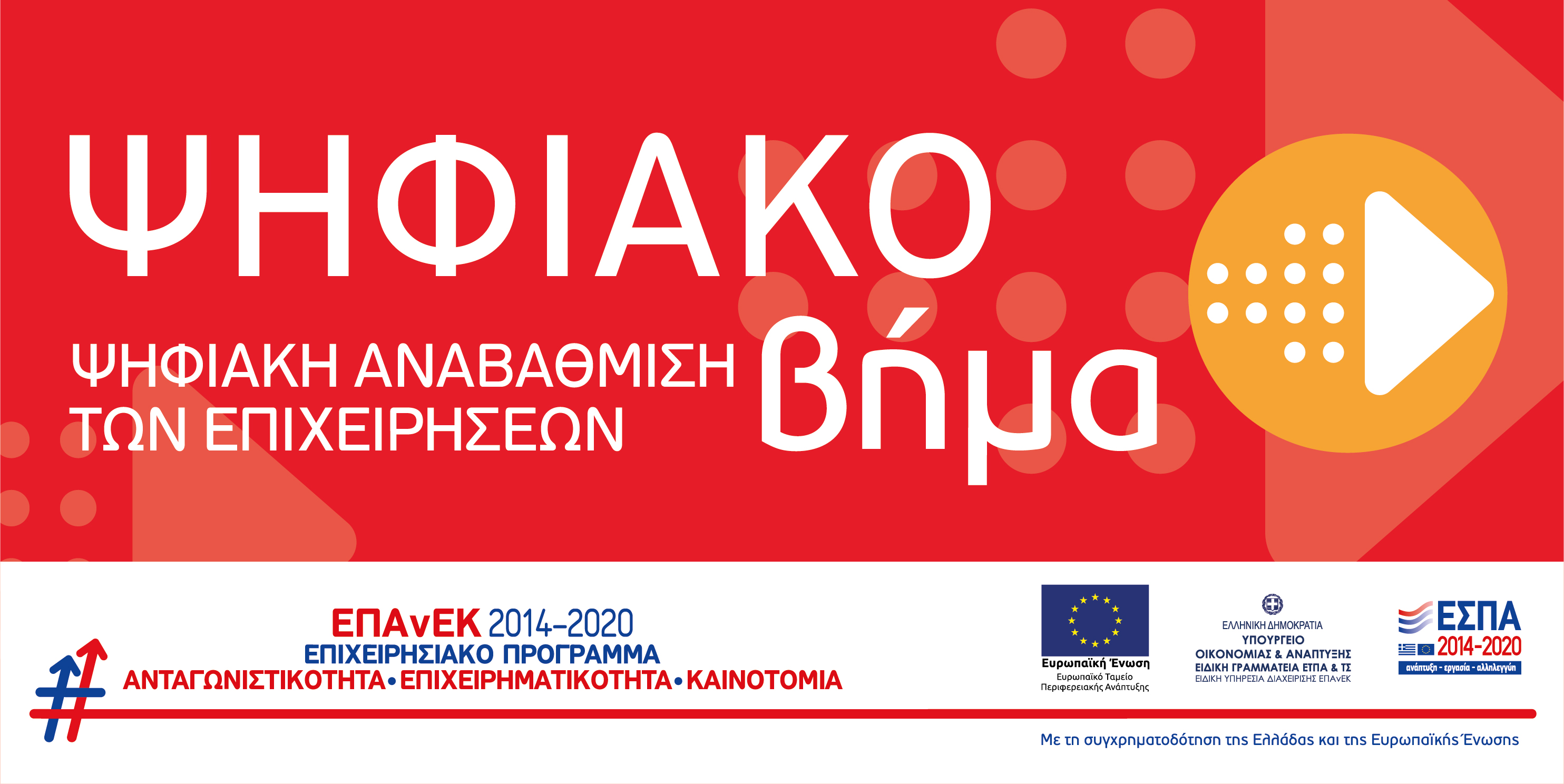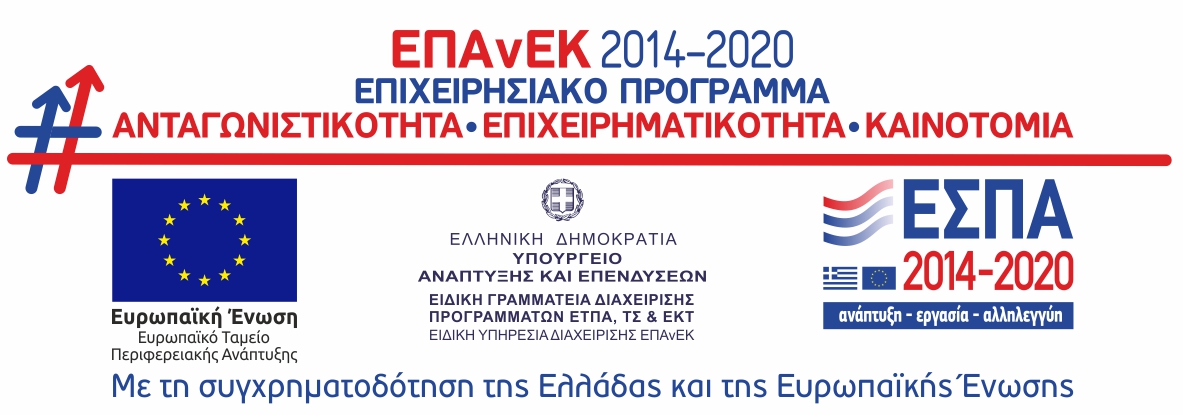Because the new techniques of cardiac ultrasound, such as stress echo etc are a window for the future ...
We now have the illusion that we can handle anything. Today, it is considered absurd to lose an unjust patient because he was not treated and diagnosed correctly. We see more and more patients with serious problems with coronary heart disease and heart failure survive for more years ... Between serious and funny, cardiologists say to each other that we are the main cause of the country's insurance problem since the development of cardiology increased average survival.
There has been a lot of talk lately about the so-called "New Techniques of Cardiac Ultrasound". As you may have heard, these are promising technological advances in ultrasound imaging of the heart, the application of which has changed the way we think about the modern diagnosis and treatment of heart disease. New techniques include dynamic ultrasound or stess echo, tissue Doppler, transesophageal echocardiography, myocardial deformity, and contrast echocardiography.
Ultrasound is a machine that many of you will have tested, which uses ultrasound to visualize the moving heart and its structures with clarity and detail, without bloody surgery or radioactivity. With the classic ultrasound until today, we could see the functionality of the heart, that is, whether someone has Heart Failure. We could also look at the structural abnormalities of the heart, the valves and study the speed of the blood. What we could not diagnose was the possibility of a hidden coronary heart disease.
Coronary artery disease is caused by atherosclerotic plaques that develop in the blood's arterial network, called the coronary artery, and includes all the blood vessels in the heart's own walls. If a stenosis develops in a coronary artery, then the blood will be difficult to pass easily, so we say that ischemic conditions are created, that is, because the blood does not pass at the same rate in the sections after stenosis. they do not bleed properly and this produces various electromechanical changes, which we try to detect early to diagnose coronary heart disease in time.
Until now, we have been trying to do this with the Fatigue Test, the well-known Fatigue Test. In other words, we submitted the examinee to an exercise, increasing the heart rate and monitoring his electrocardiogram. If ischemia developed, that is, there was a stenosis in a vessel of the heart, then the electrocardiogram of the subject would produce ischemic lesions with which we were able to diagnose coronary heart disease early. But what we saw over time was that the Fatigue Test was only useful in about 67% of patients. In other words, there was a large percentage of patients, about 30-35% with hidden ischemia, who could have a problem and not be seen in the Fatigue Test and thus lose these patients, even though we had closely monitored them.
Our efforts to diagnose coronary heart disease faster and more effectively have brought to the forefront a number of efforts and studies using alternative methods to demonstrate earlier ECG changes caused by ischemia. Thus, Scintigraphy, MRI and in recent years Dynamic Ultrasound or Stress Echo have been developed. With dynamic ultrasound, instead of electrocardiographic changes, we try to identify mobility deficits. In other words, we monitor the movement of the walls of the heart during the induction of special stress by increasing the frequency, ie the heart rate, as if we were doing an exercise. How is this done? By giving a small amount of a special medicine, we make the heart work faster, so that we can create a little stress in the heart and increase its oxygen needs, that is, more blood is required to bleed. If there is a stenosis in an artery and the blood does not flow well from there, then there will be a problem in the movement of this part of the heart, which we will see in the ultrasound, as a result of which we will diagnose Coronary heart disease early, without waiting or having the doubt whether or not the ECG of the examinee will change. It has therefore been found that with this method we can safely diagnose up to 90% of patients with coronary heart disease.
Significant advantages of the method also include the lack of need for radioactive materials, such as scintigraphy, the need for a closed chamber, as with the magnet (it has been found that 30% of patients cannot undergo MRI due to claustrophobic feeling), speed and low cost of the method. Of course, this does not mean that other methods of assessment are less useful since dynamic ultrasound has disadvantages such as the difficulty of assessment in some, mainly overweight patients, but also the subjective assessment of results, but that in our arsenal there is now another strong and reliable method of early diagnosis of coronary heart disease. Your doctor will determine exactly which method is right for you and how to take advantage of it.
Other applications of modern ultrasound are tissue Doppler, which better studies tissue movement, strain and strain rate, which studies myocardial deformity and myocardial movement, contrast contrast echocardiography with which we can use contrast media. to better visualize the inside of the heart cavities and the esophageal ultrasound, which using a tube that looks like a gastroscope gives us clear images of various diseases through the esophagus where the most careful assessment is needed to make decisions that may or may not be made. lead to heart surgery. It should be noted here, however, that the new techniques can only be performed by specialized cardiologists, who have been trained in specialization centers.
The current decade, joking in the world of cardiologists has been called the decade of imaging. Now a new window has opened on the most timely and modern diagnosis and treatment of heart disease. Many of what we achieved today were once summer night dreams. It is certain that the future is bright. Let's hope that in this new era we will enter morally shielded, facing the new challenges with prudence and balance, so that those of us who practice medicine can be really useful to our fellow human beings.





